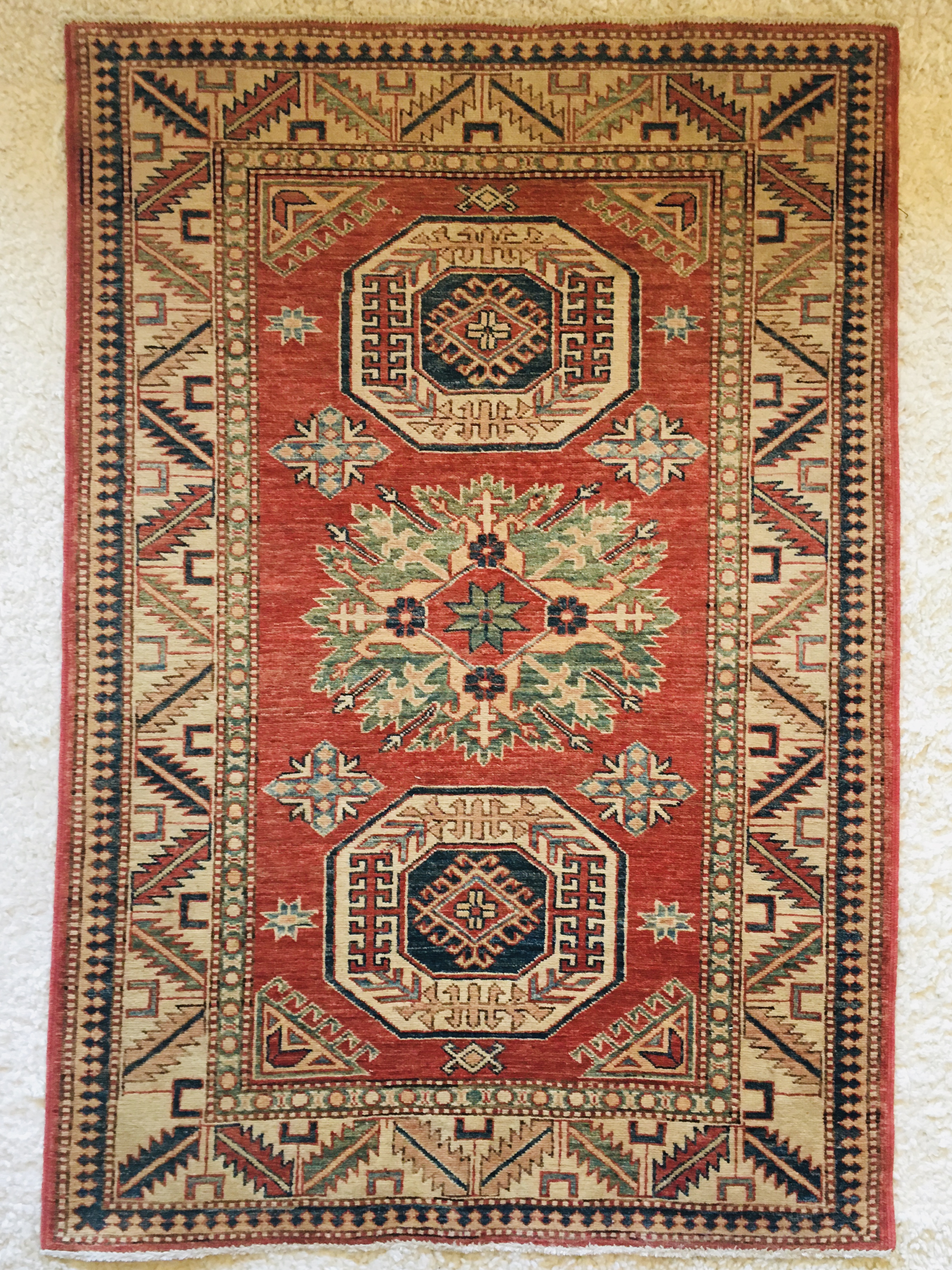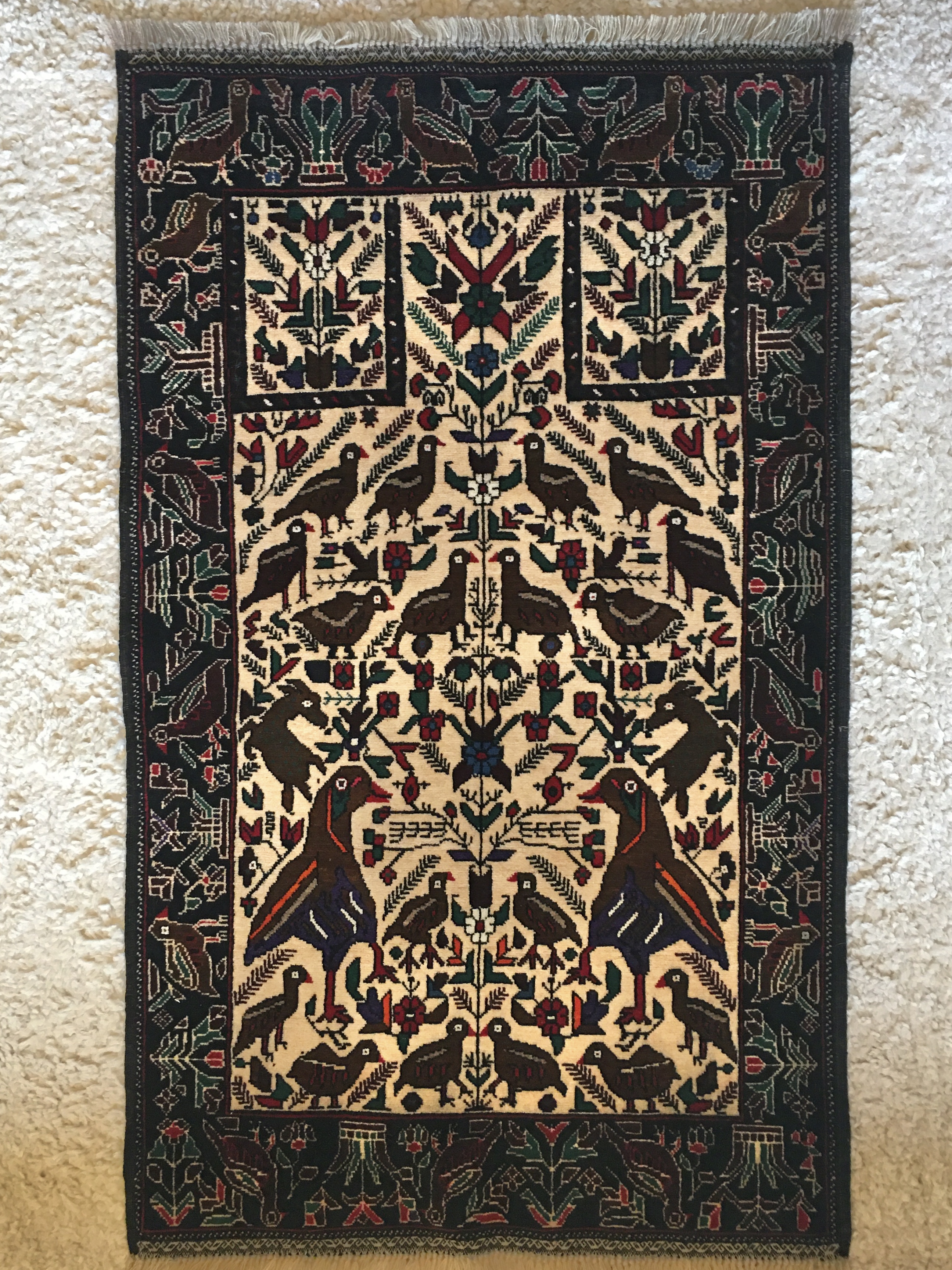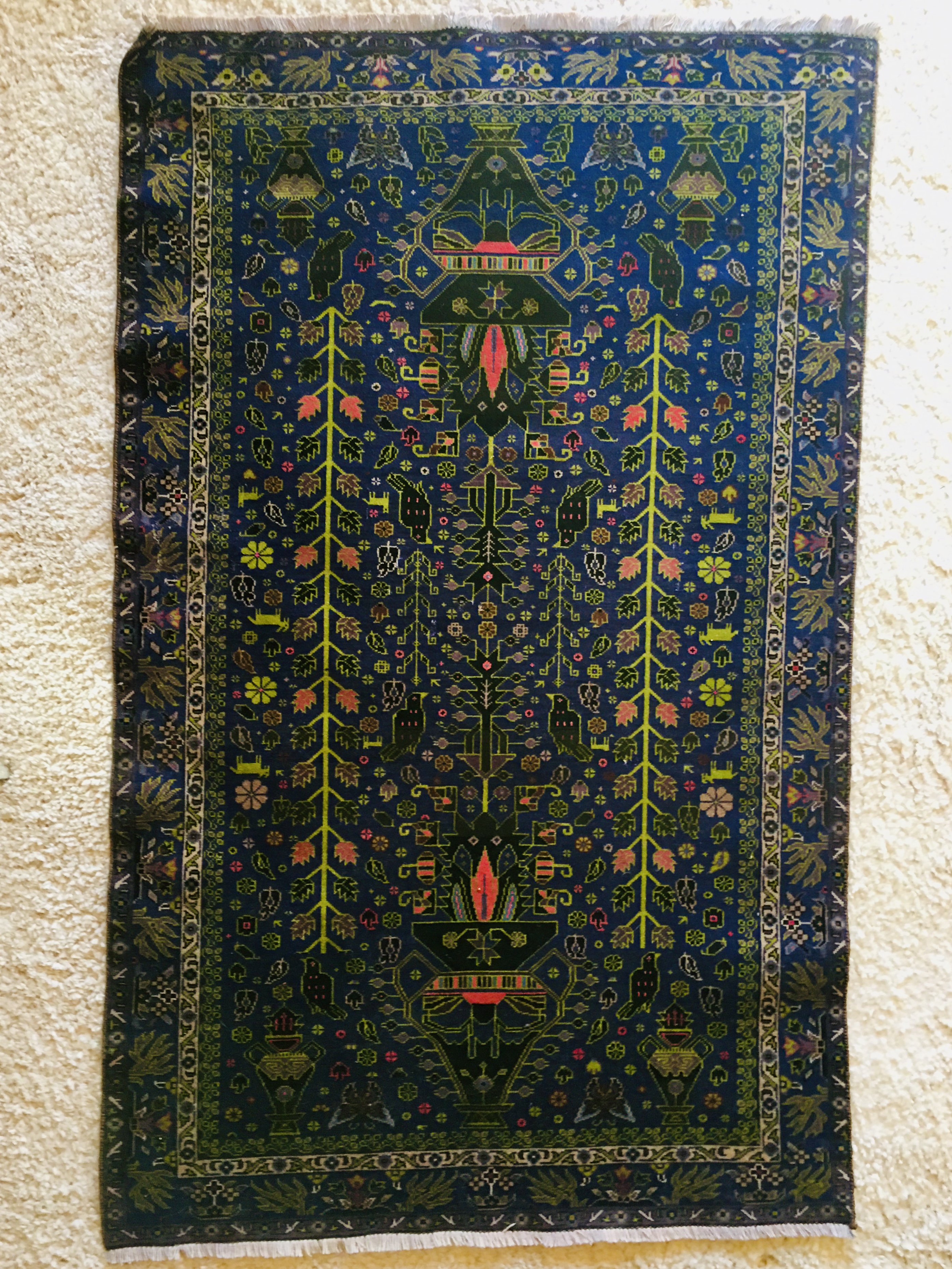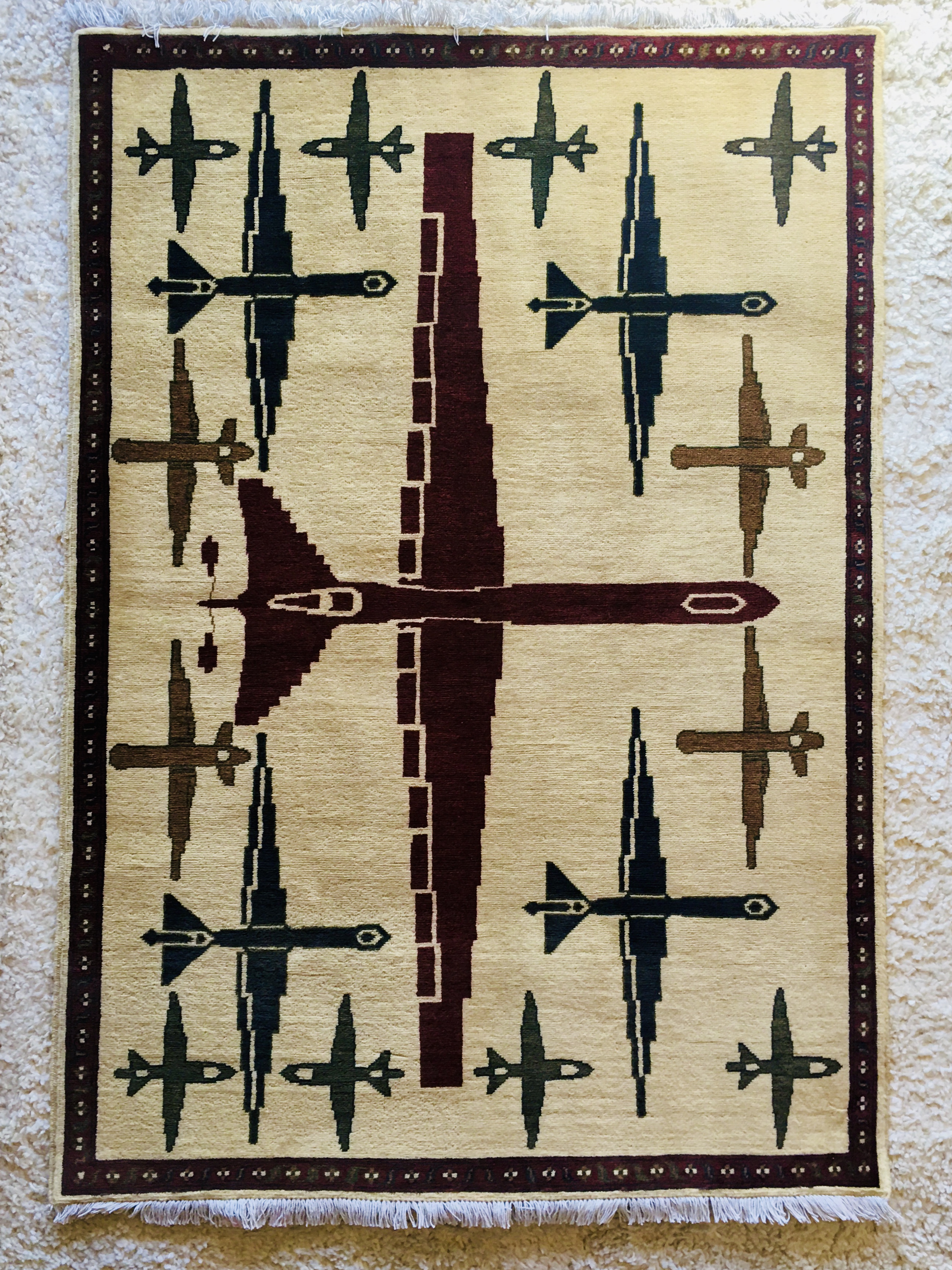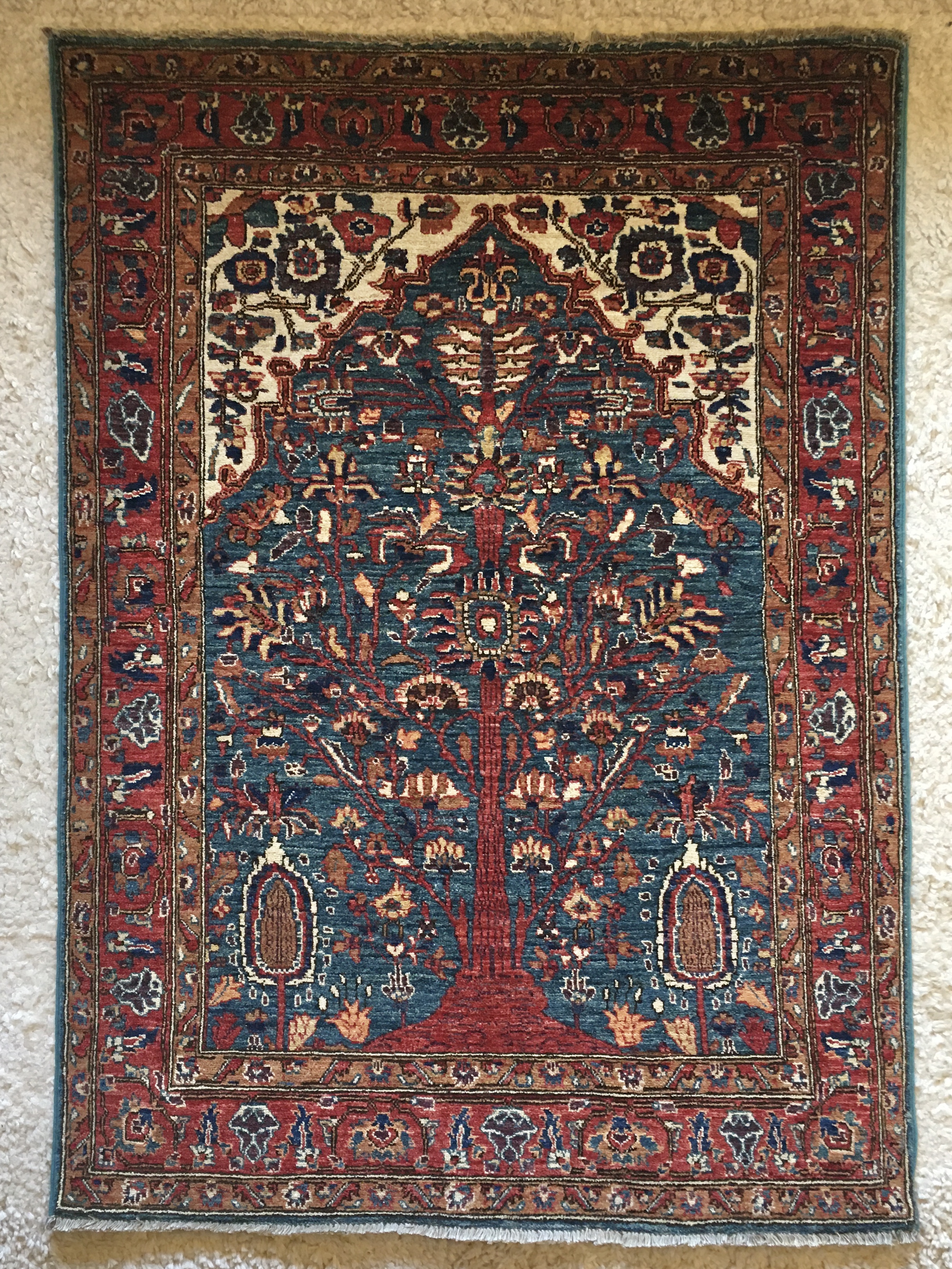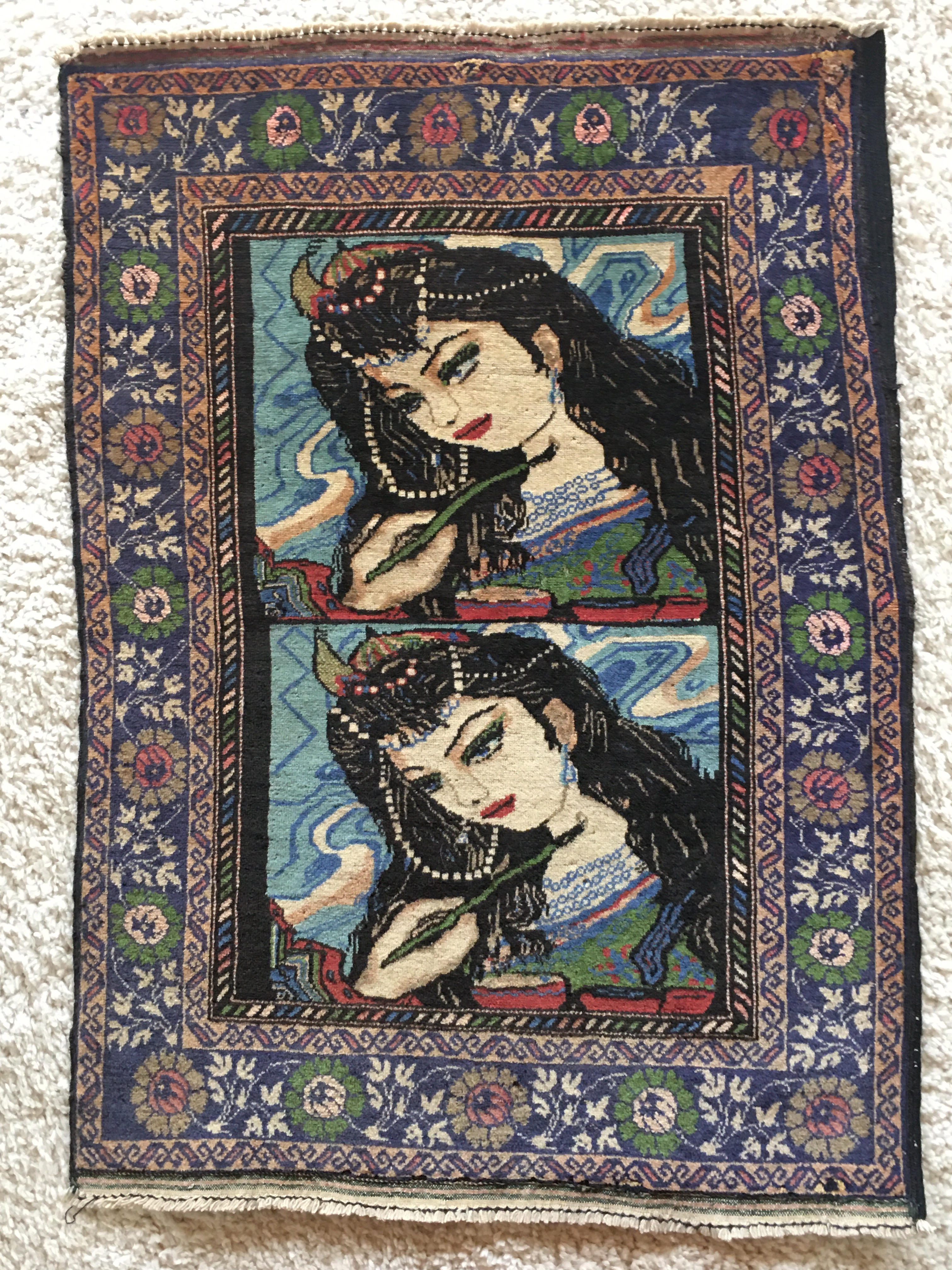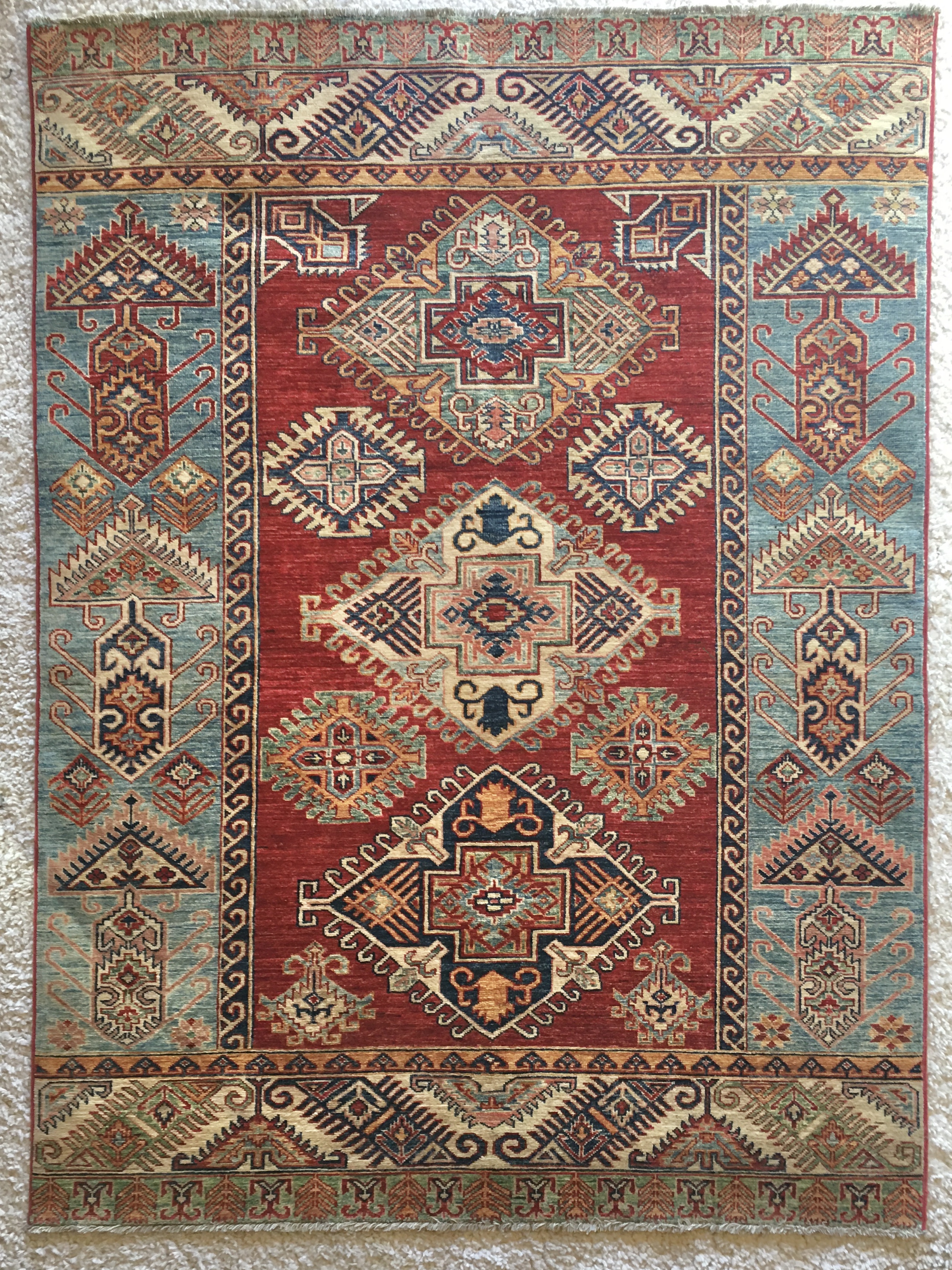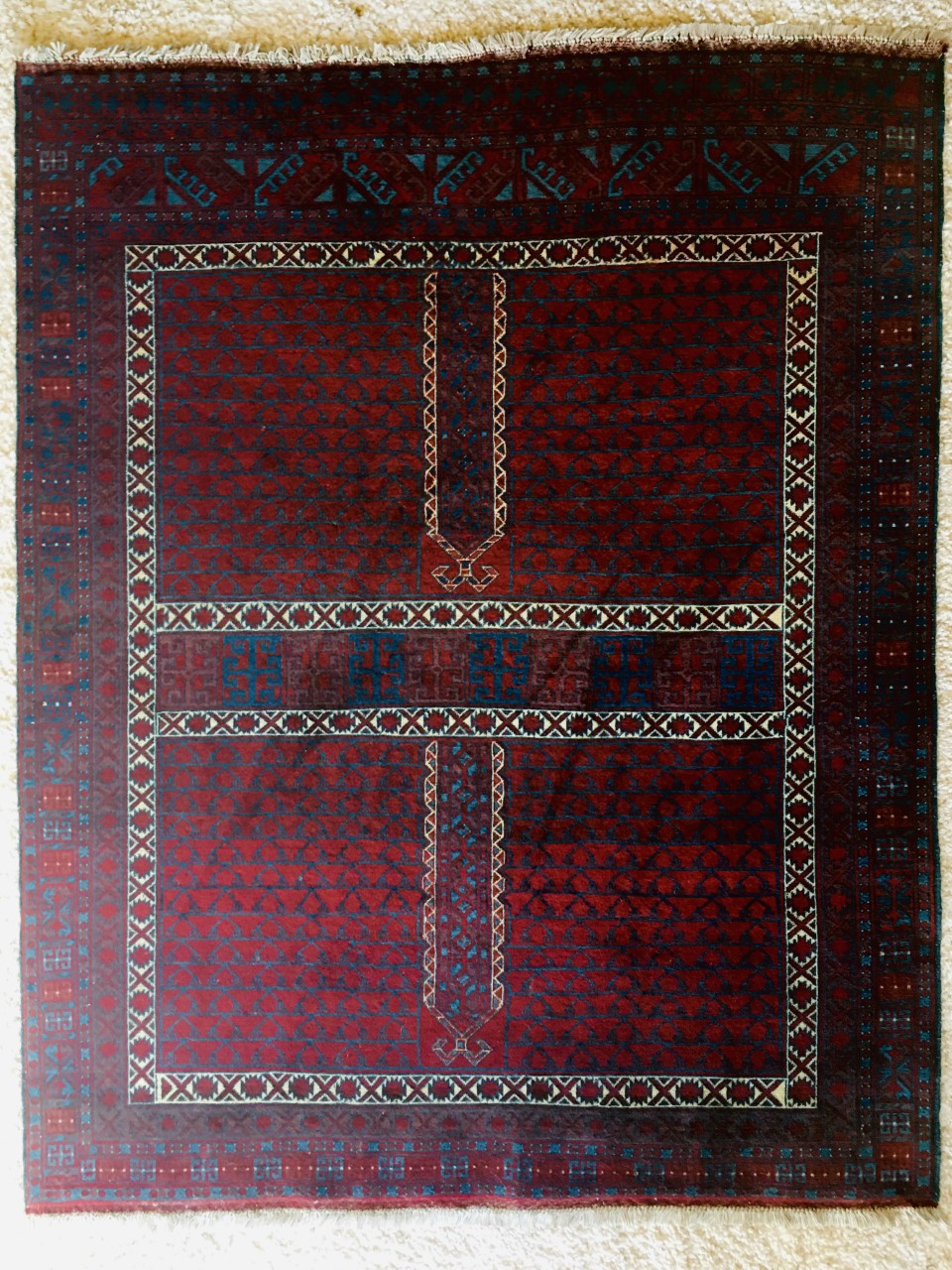Reading for the Weaver
Amplifying Agency through a Material Rhetoric Methodology
Nancy Small with Riyaz Bhat
Abstract: Previous scholarship has pushed the boundaries of the text in rhetoric and composition, as well as notions of the digital and of literacy in spaces of technology and creative activity. Material compositions, such as textiles, tell stories and act as data carriers. They persist in speaking even as their makers are erased or lost. When information about a maker ceases to be available, applying principles of storytelling and rhetoric facilitates a possible re-reading of a material composition as a process of recentering the human maker. A methodical examination of a textile as material memoir thus opens new possibilities for listening across cultures, time, and spaces. The value of such a re-reading is multiple: It allows a deeper engagement with a particular artifact, it creates another opportunity for including rhetors erased by master narratives, and it can function as both a method/tool and a methodology/orientation for critical inquiry. This project was inspired by the primary writer's (Nancy Small's) six years living and working in the Middle East. During that time, her collaborator (Riyaz Bhat) generously shared his expertise and inspired her to consider how connections across time and space might be possible through material story. This webtext presents a framework for reading a handmade textile as a material memoir of the maker. That method is then tested across great differences of time, location, and culture as it is applied to a Central Asian rug woven circa 50 years ago. Applying the method to an artifact radically separated from the author highlights its potential power—and risks—as a transformative process.
This webtext can be read in multiple ways, although following the navigation menu is the most linear. The project begins with a disciplinary rationale (Preparations) followed by the methods section (Framework for Reading). Following that, attention turns to a specific textile for application: Central Asian tribal rugs. Warp & Weft establishes the erasure of Central Asian tribal weavers who, because they are women, are not written into the histories and appreciations of the craft. Their diminishment is further fueled by commodification of the rugs themselves (Selvages), which rhetorically centers their market value at the expense of their tribal or home value. The Rug Man introduces collaborator Riyaz Bhat as a keystone expert whose decades of experience learning and teaching about tribal life inspired and informed this project. Tribal Lives & Tools weaves in his contributions to contextualize artisanal rug making within tribal life. These preparatory sections then act as a foundation for a sample re-reading of the Shirin rug. Concluding the project, Binding Off offers one potential re-reading based in narrative–rhetorical elements, a potential composite counterstory speaking back to the weaver's erasure. That emergent story and a discussion of its complications are followed by broader conclusions and applications.
In addition to the in-depth analysis of the Shirin rug, each section of the webtext highlights a different tribal rug via notable focal points and with captions rhetorically crafted to amplify the agency, as well as the artistic and technical talents, of the weaver. About the Rugs provides an overview of each textile, thanks to Riyaz's knowledge. As an effort in relational accountability (Wilson, 2008), I (Nancy) have provided a prefatory positionality essay (Writer's Statement) reflecting over my motivations and relationships to the people and artifacts in this project.
